Downy Woodpecker
Yellow-bellied Sapsucker
The Yellow-bellied Sapsucker, Sphyrapicus varius, is the only North American woodpecker that is fully migratory. They live and breed in North-eastern U.S. and Canada and spend their winters between the southern US and Central America. The male has a red throat as pictured here while the female’s throat is white.
From December – March, you may notice a line of holes in the trees and large shrubs in your garden. A Yellow-bellied Sapsucker has made sapwells where the sap of the tree can be harvested. Bats and other birds may visit the sapwells too. The holes produce no damage to the trees. The woodpecker’s favorite shrubs and trees include Viburnum, Waxmyrtle, Dahoon Holly, Live Oak, and Pine.
Red-headed Woodpecker
It’s spring in Central Florida. While sauntering through a pine savannah, you catch a streak of red out of the corner of your eye. When you look that way, it’s gone. You catch another glimpse, but just as fast, it’s gone. Finally, it lands on a pine tree. It’s a beautiful red-headed woodpecker!
These fascinating little birds are sexually dimorphic, which means males and females have different appearances. The female is a plain brown and grey color while the male is a vibrant black, white, and red. They are monogamous and will stay together for years.
The red-headed woodpecker is a resident of open forests from Canada to Florida and west to Texas. They reside year-round in Florida in pine forests with open forest floors, in orchards, and tall trees in neighborhoods.
Red-headed woodpeckers are cavity nesters and require dead trees or limbs where they excavate their nests. They prefer open areas, including recently burned sites. Both will take part in creating the nest, however, most of the handwork is done by the male. Both the male and female incubate 4-5 eggs and share feeding the young.
Food is plentiful for this omnivorous bird. Red-headed woodpeckers dine on insects, spiders, earthworms, as well as fruit, seeds, and berries. In the fall, these smart woodpeckers gather nuts and store them in crevices and holes for winter nourishment.
Sadly, these birds have experienced over a 70% decline in population since the 1960s. With tree removal becoming a more common practice in urban areas and forest management, these birds are left with few places to raise their young. If you have a dead tree in your yard that isn’t causing a safety problem, you may consider leaving it be. Perhaps you will get some lovely new neighbors who will entertain you for hours.
Photo Credit: Andy Waldo
Red-bellied Woodpecker
The Red-bellied woodpecker (Melanerpes carolinus) is often found in the suburbs or city parks. They thrive in woodlands near rivers and swamps.
With just a touch of red on their bellies, these woodpeckers are easily identified by the beautiful black and white barred pattern on their backs. Males have a bright red crown and nape. Females have a pale white crown and red nape.
A mated pair will work together to build a nest. The male will often excavate several holes in a dead tree or fence post, and the female will choose the best one. She may also select a nest box or a previously used nest from another woodpecker. Once the nest is complete, the female will lay 4-5 eggs. Both parents incubate the eggs, with the male usually taking the night shift. In about 2 weeks, the eggs hatch. Both parents feed their babies until they leave the nest in 3-4 weeks and for up to 6 weeks after.
Red-bellied Woodpeckers love insects. Look for them on branches and tree trunks as they pick at bark for food with their bills or perch while eating berries. Other food may include acorns, nuts, fruit, and seeds. Occasionally, these woodpeckers may treat themselves to a tasty bird egg, a tree frog, or oozing sap.
The next time you are outside, look up. You may get to see one of these beautiful, acrobatic birds in action.
Red-Cockaded Woodpecker
As you saunter through a longleaf pine forest, tortoises feeding on wiregrass and other herbaceous plants of the open forest floor pay you little mind if you are lucky. If the forest has been able to have fire keep it clean. If there are enough old-growth longleaf pines present to sustain them. If all these things are in your favor, you may be lucky enough to see this little gem.
The red-cockaded woodpecker (Leuconotopicus borealis) is an endangered species across its remaining range. Once found from Florida north to New Jersey and Maryland and west to the eastern parts of Texas and Oklahoma, they are now extirpated from Kentucky, Maryland, Missouri, New Jersey, and Tennessee. There are now just over 14,000 estimated individuals in 5,627 known groups left in their shrunken range.
There are a few species that look similar to the red-cockaded woodpecker. One good way to identify this species is by the large, white cheek patch on each side of the head. In males, this patch will have a very small, almost invisible red streak on each side of the white patch (the cockade). They feed on small insects such as grasshoppers, roaches, ants, beetles, caterpillars, and some berries.
Unlike other woodpecker species, the red-cockaded woodpecker nests only in live, old-growth pine trees infected with red heart fungus. This fungus makes the wood softer for cavity construction. It can take up to two years to construct a cavity, and a breeding group, or cluster, will have multiple nest cavities in their home range. The red-cockaded woodpecker is a cooperative breeder with a breeding pair and several helper birds that are usually sons from prior hatches. The breeder male will also drill holes under the nest cavity to cause the pine to produce sap flows. This helps prevent nest-raiding snakes from entering the hole.
Why did this species decline? Why are they endangered? This species requires old-growth longleaf pine forests that experience frequent fires, which keep the forest floor clean and open. That type of forest is among the most endangered ecosystems in the world. Only 3% of the longleaf pine forests remain. Loss of habitat, and the fire suppression policies of the recent past, have combined to cause their rapid decline.
BUT……. it’s not all bad news! Through the hard work of hundreds of forest rangers and biologists, there is a population increase in the red-cockaded woodpecker. Restoring the pine forests, returning fire, and carefully relocating individuals to new, healthy forests have helped this species increase its population. They are not in the clear yet, but with the continued hard work and efforts of these dedicated individuals, this species will delight for generations to come.
Imagine Our Florida would like to thank one of our members, Lynn Marie, for providing these wonderful images she captured in The Ocala National Forest!
Pileated Woodpeckers
Did you know that the Pileated Woodpecker (Dryocopus pileatus) is one of North America’s largest woodpeckers? It is hard to miss with a black body, a red crest, white stripes on its neck, and black and white stripes on its face. Pileated Woodpeckers love to eat insects, fruits, and nuts. A large part of their diet is made up of carpenter ants and beetle larvae. This is why they are always knocking on trees and wood, sensing a ‘hollow area’ where the insects may be. Once they have located their dinner, they use their bill to drill into the wood and use their long sticky tongues to drag out the insects. Sometimes they will expand the holes they create looking for food and make a roost inside the tree to lay their eggs. Tended by both mom and dad, the little hatchlings will be ready to fledge within 1 month. Males and females are similar, but males have a red forehead, and females have a gray to a yellowish-brown forehead. If you hear knocking outside, be sure to look up and see if you can spot a stunning Pileated Woodpecker.

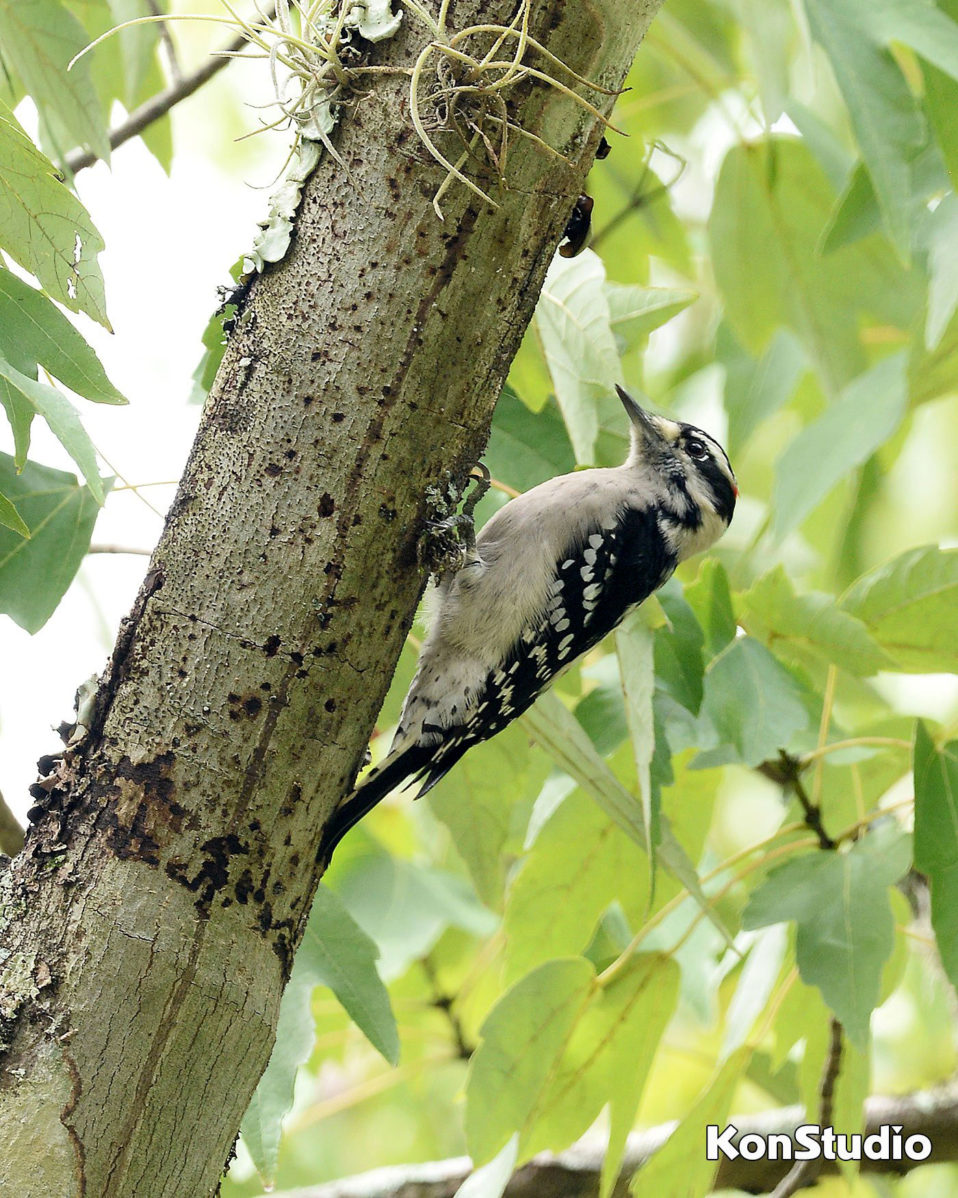
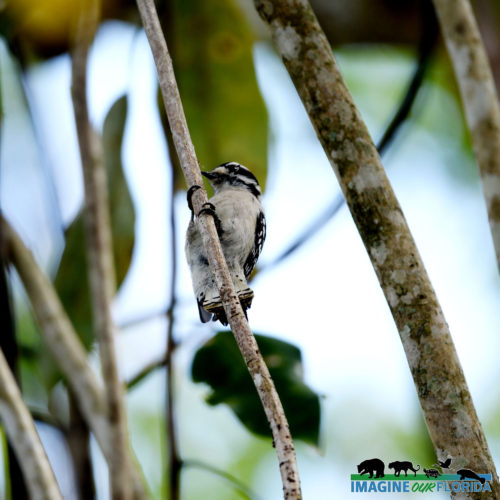
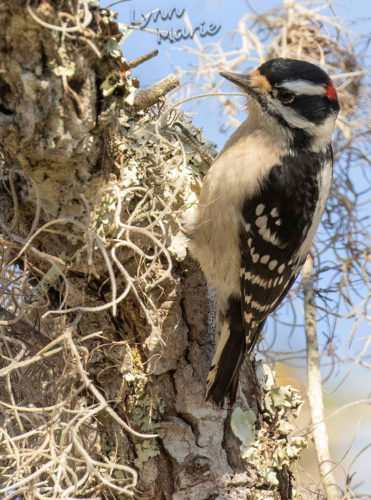
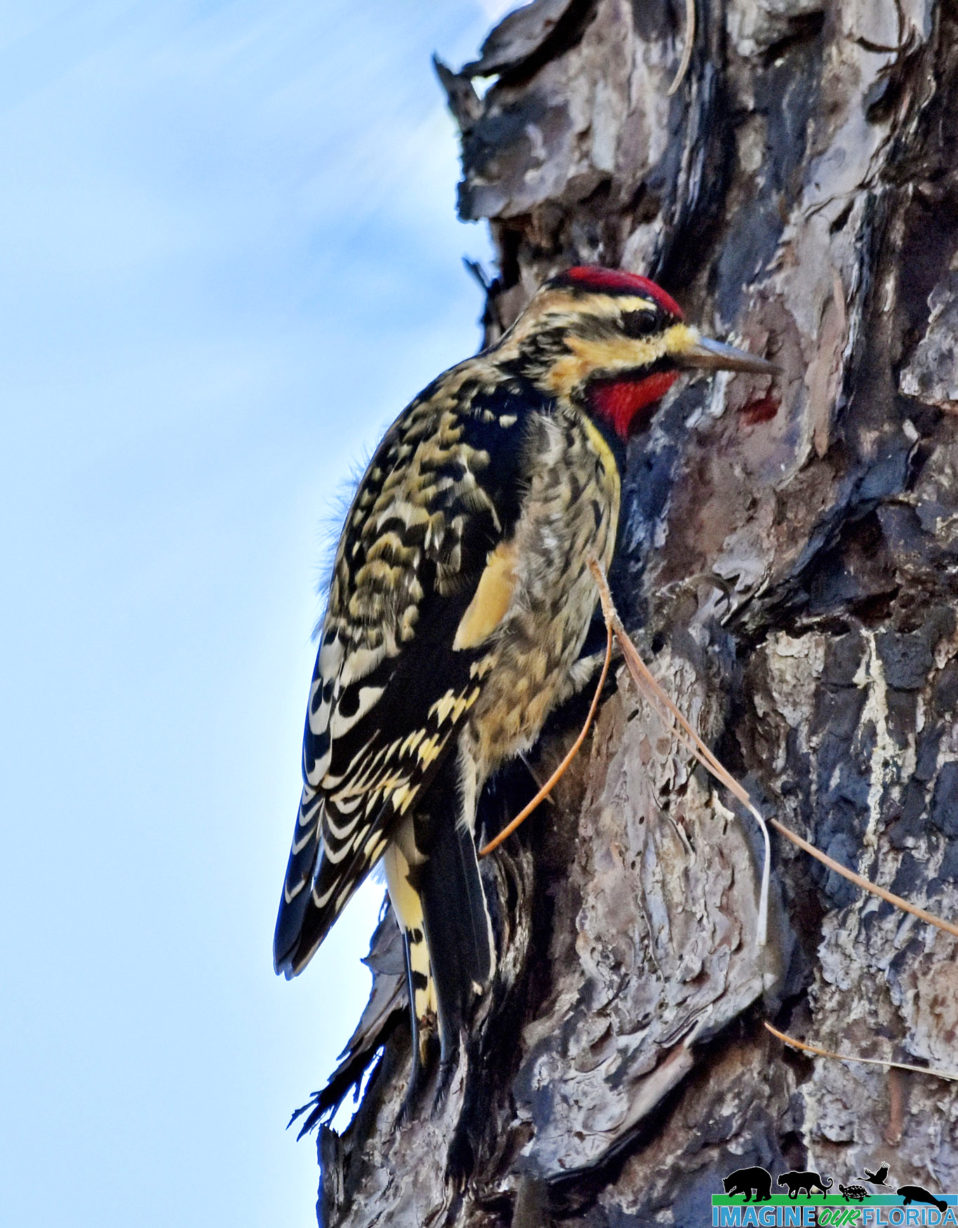
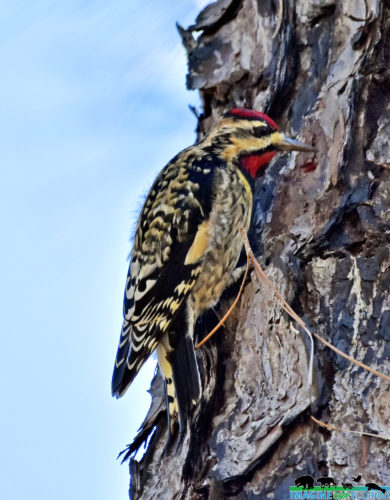
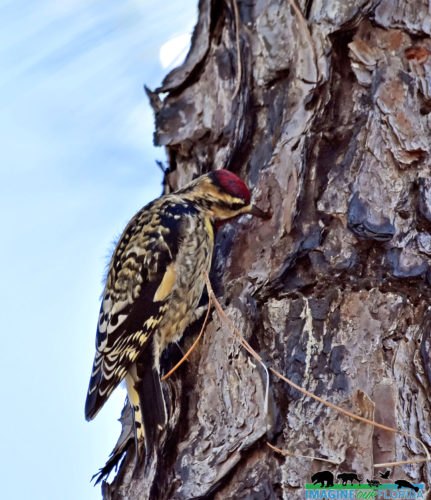
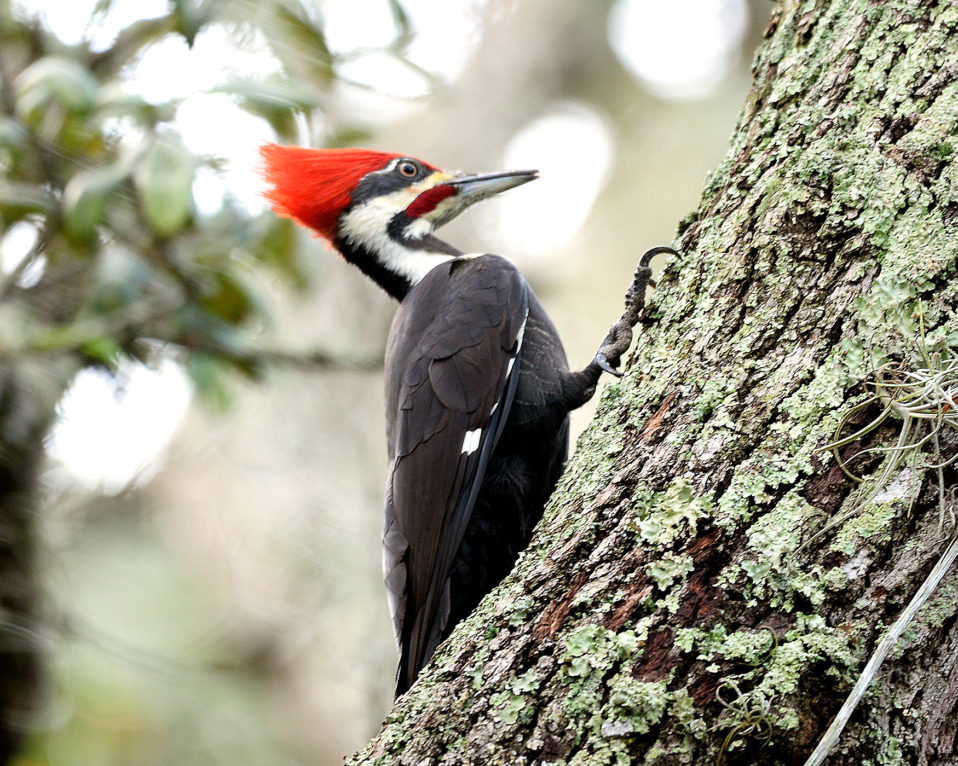
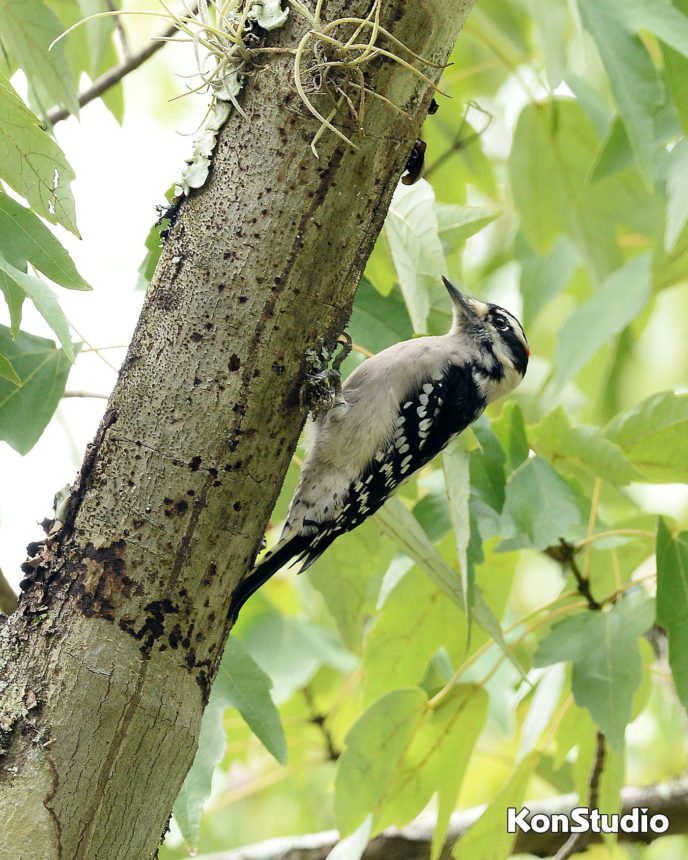
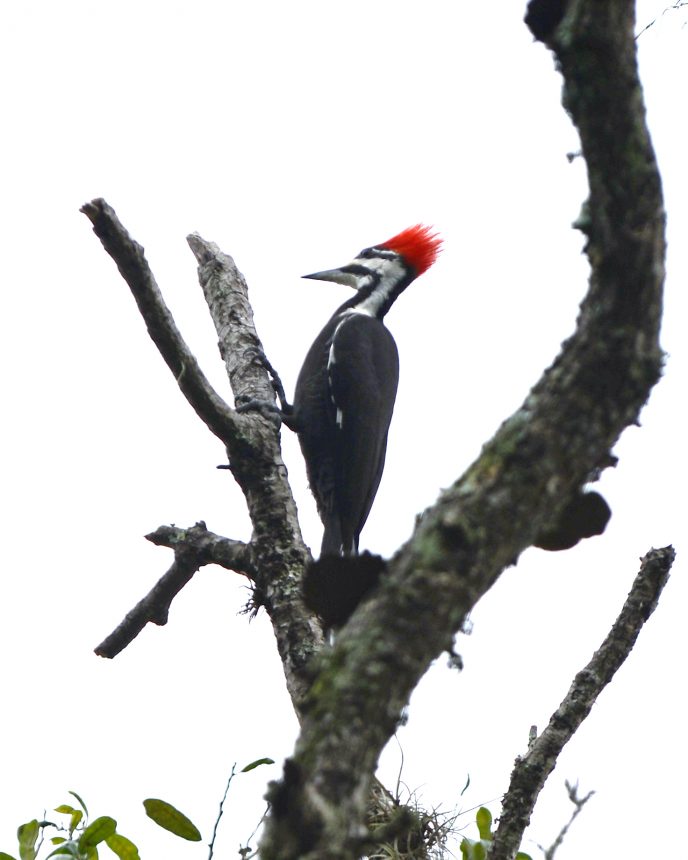
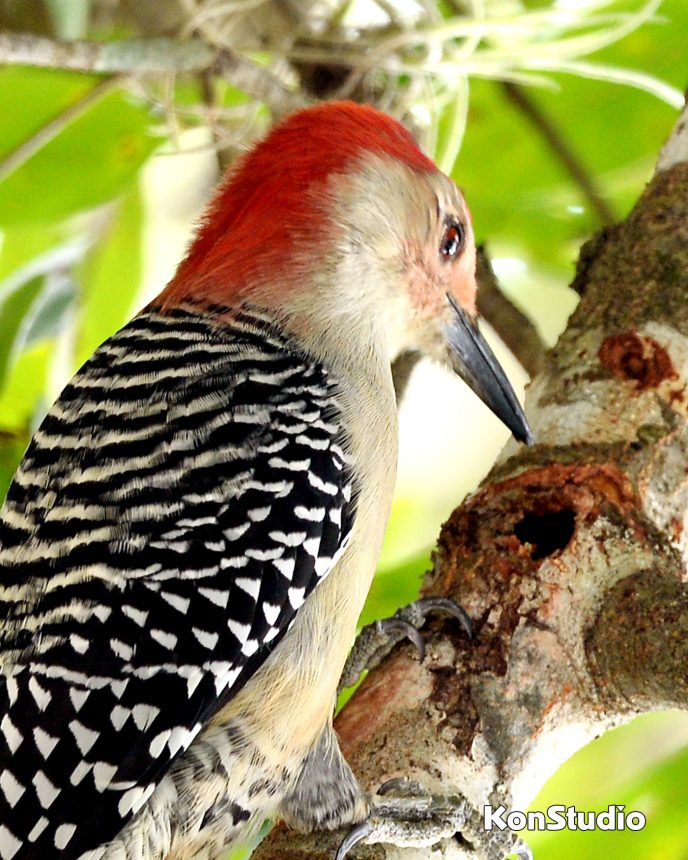
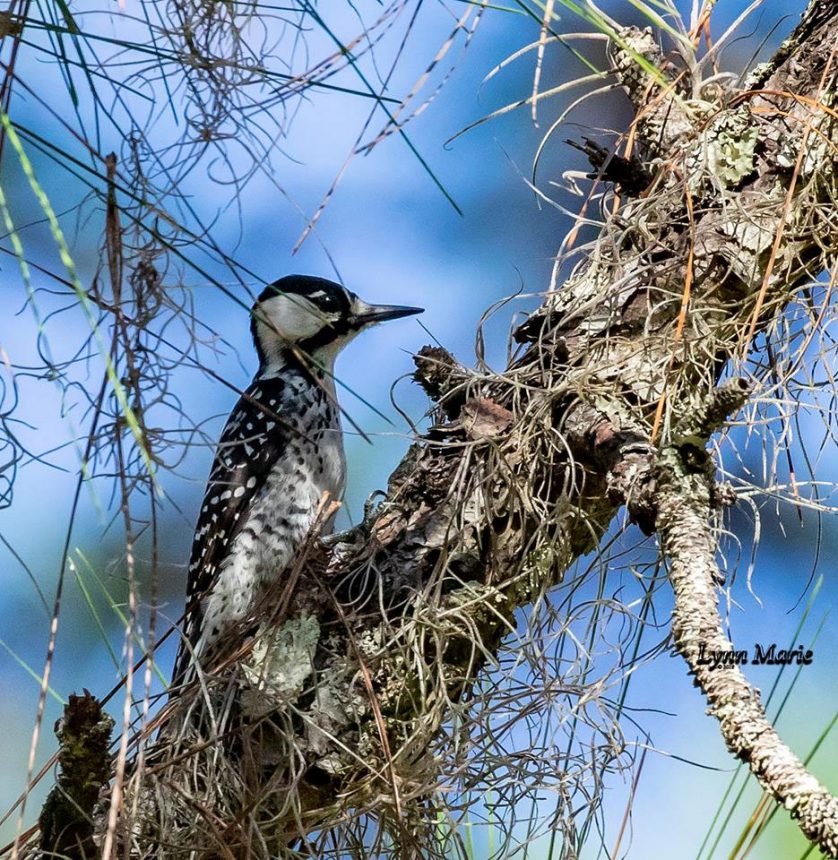
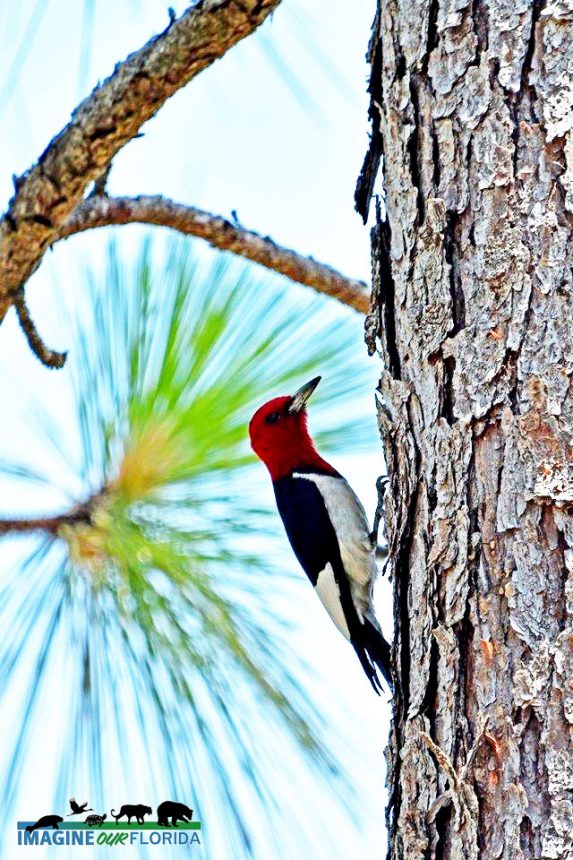
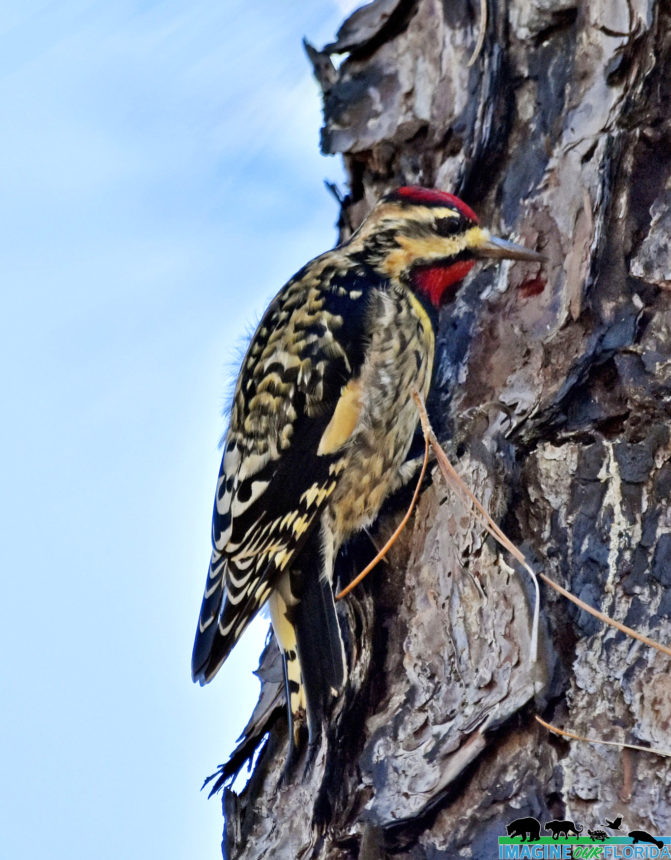
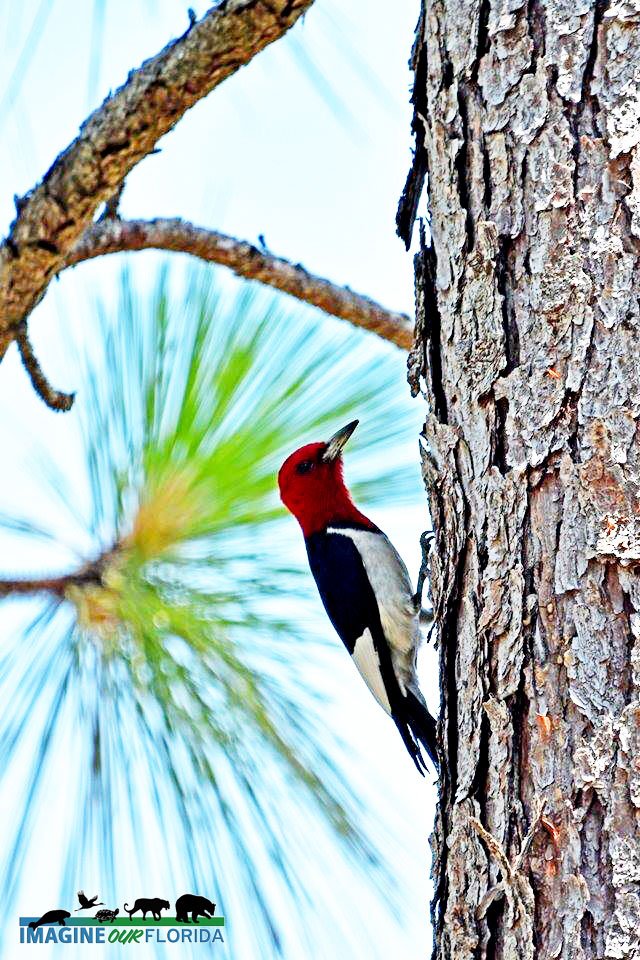
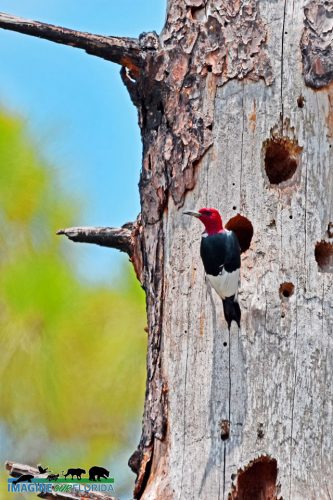
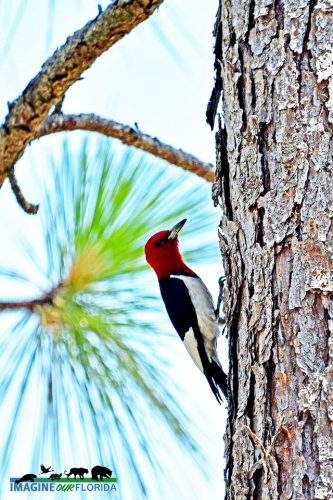

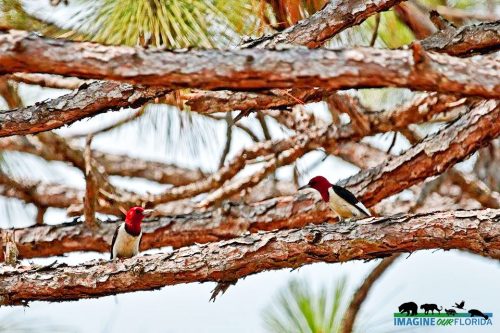
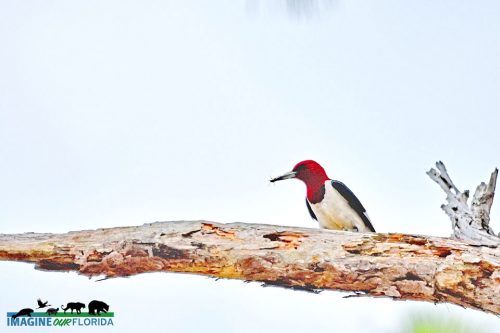
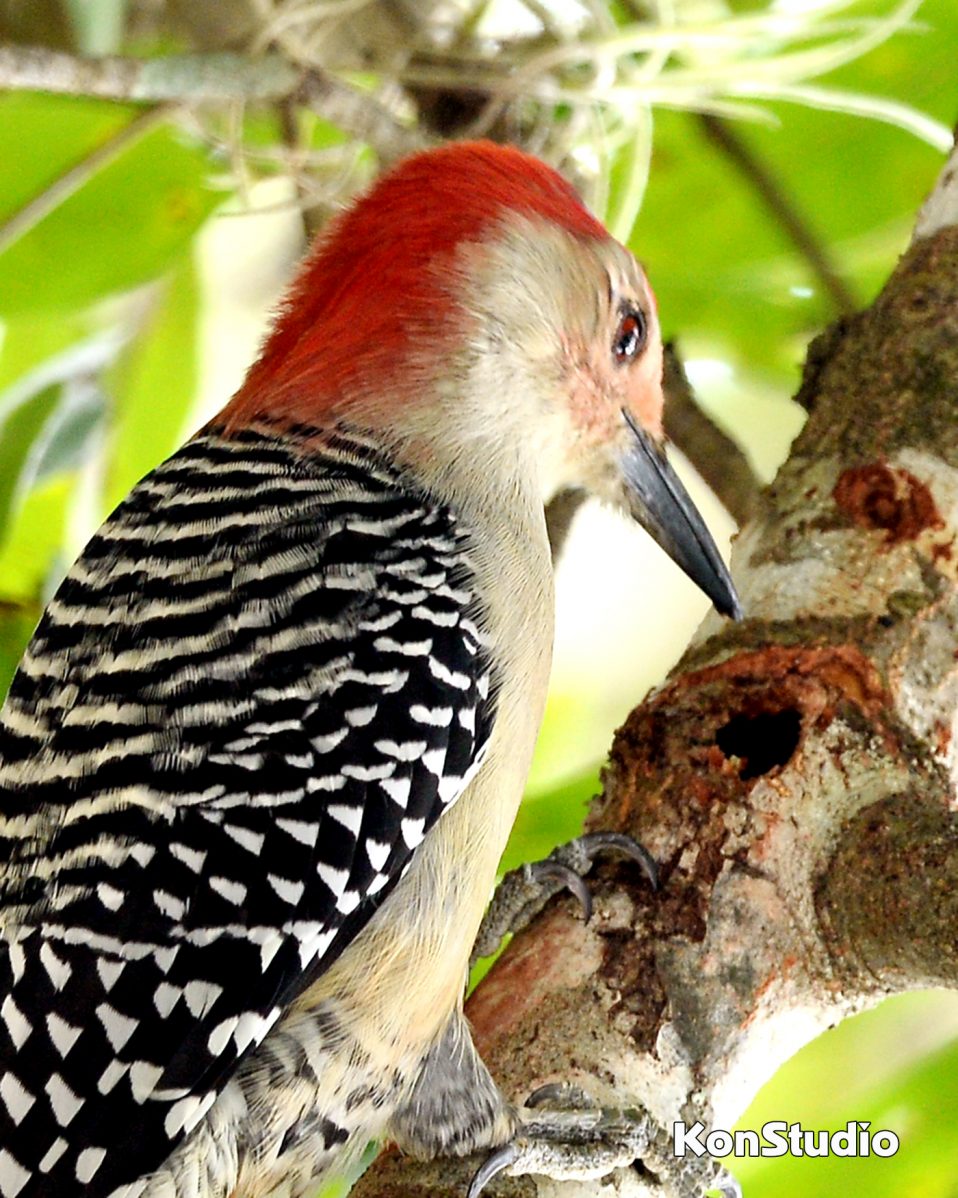
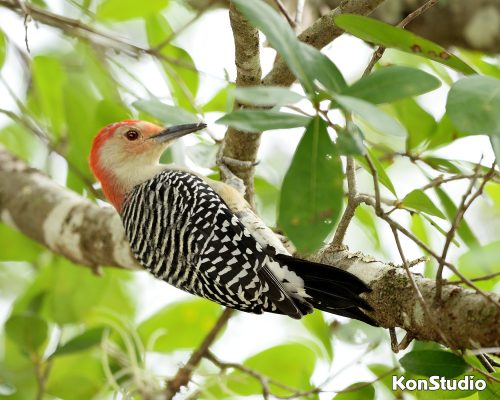
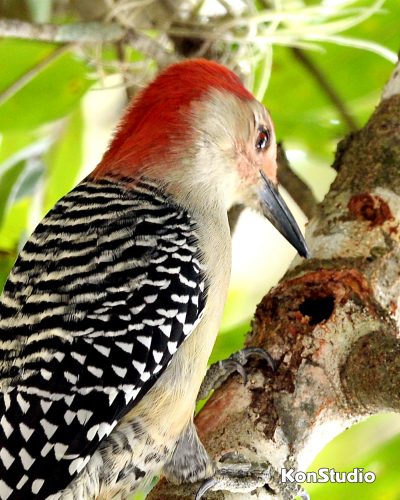
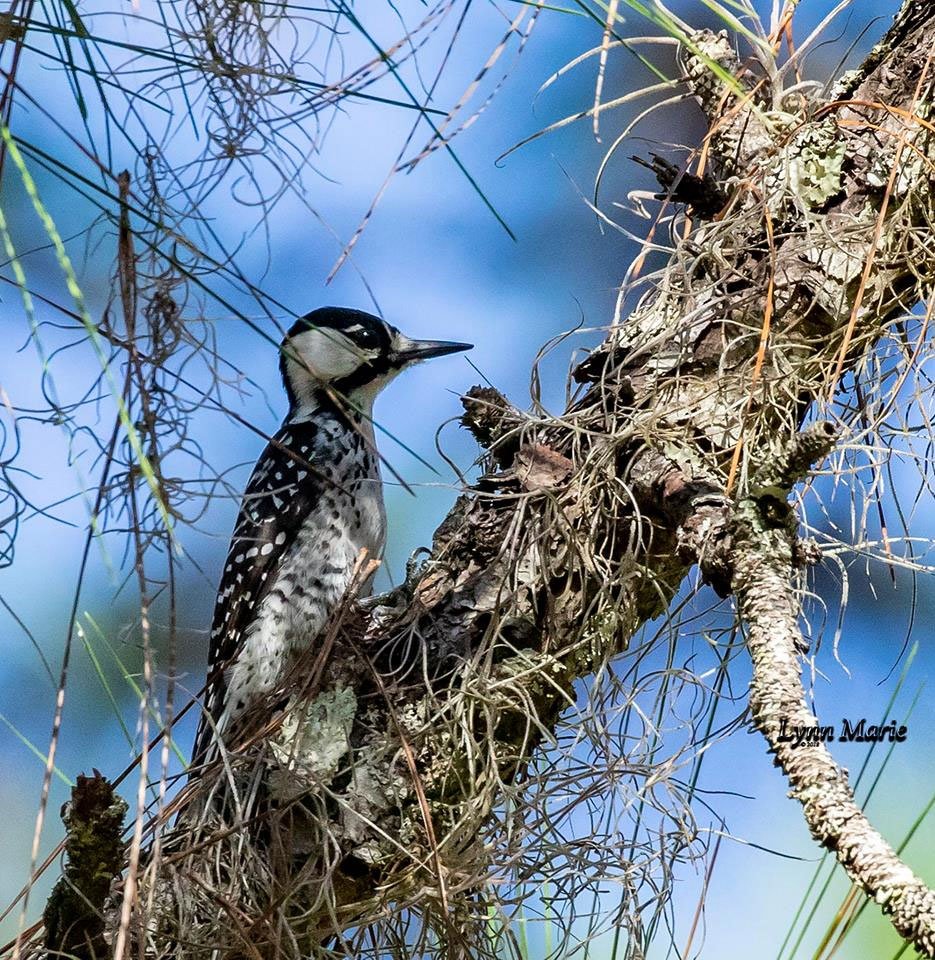

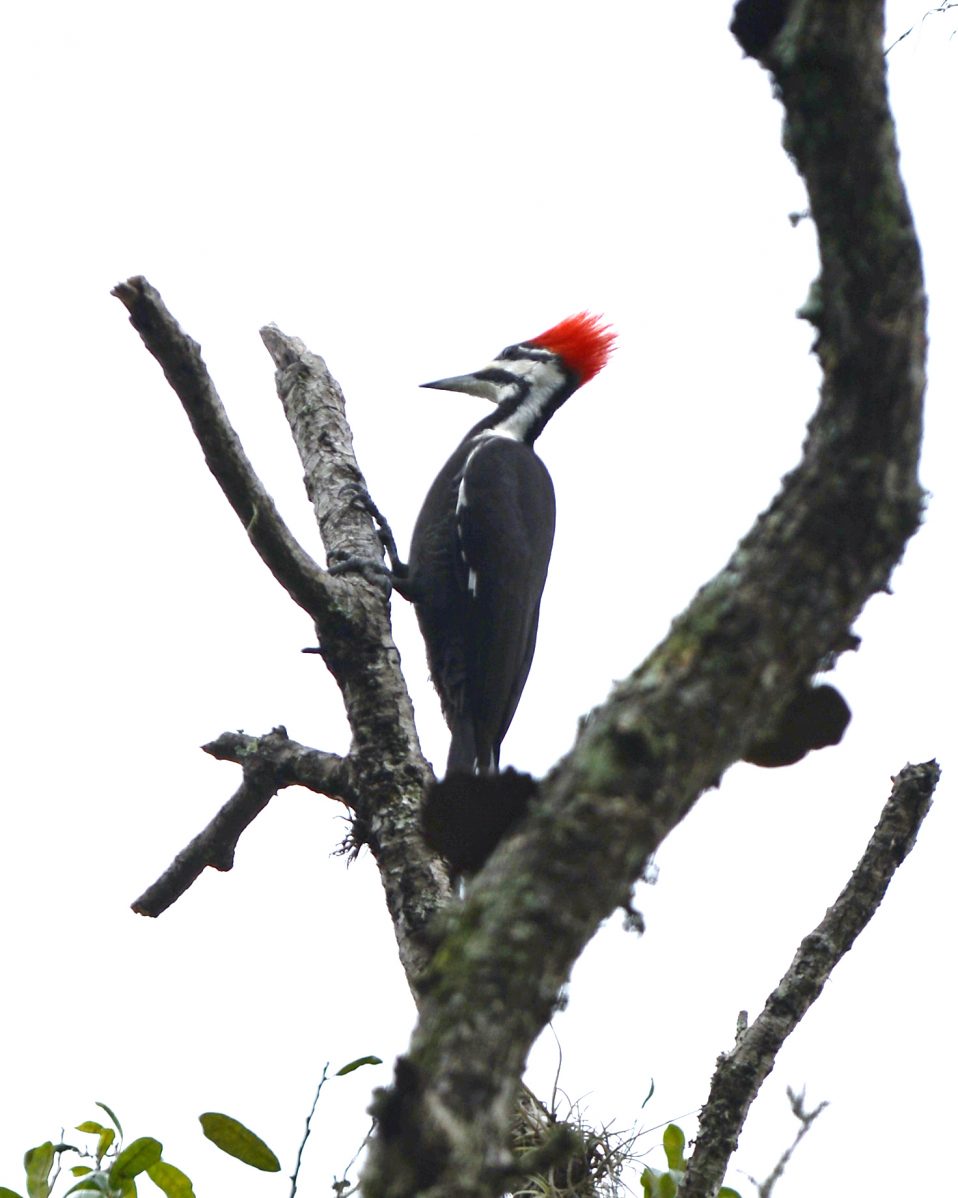

Recent Comments